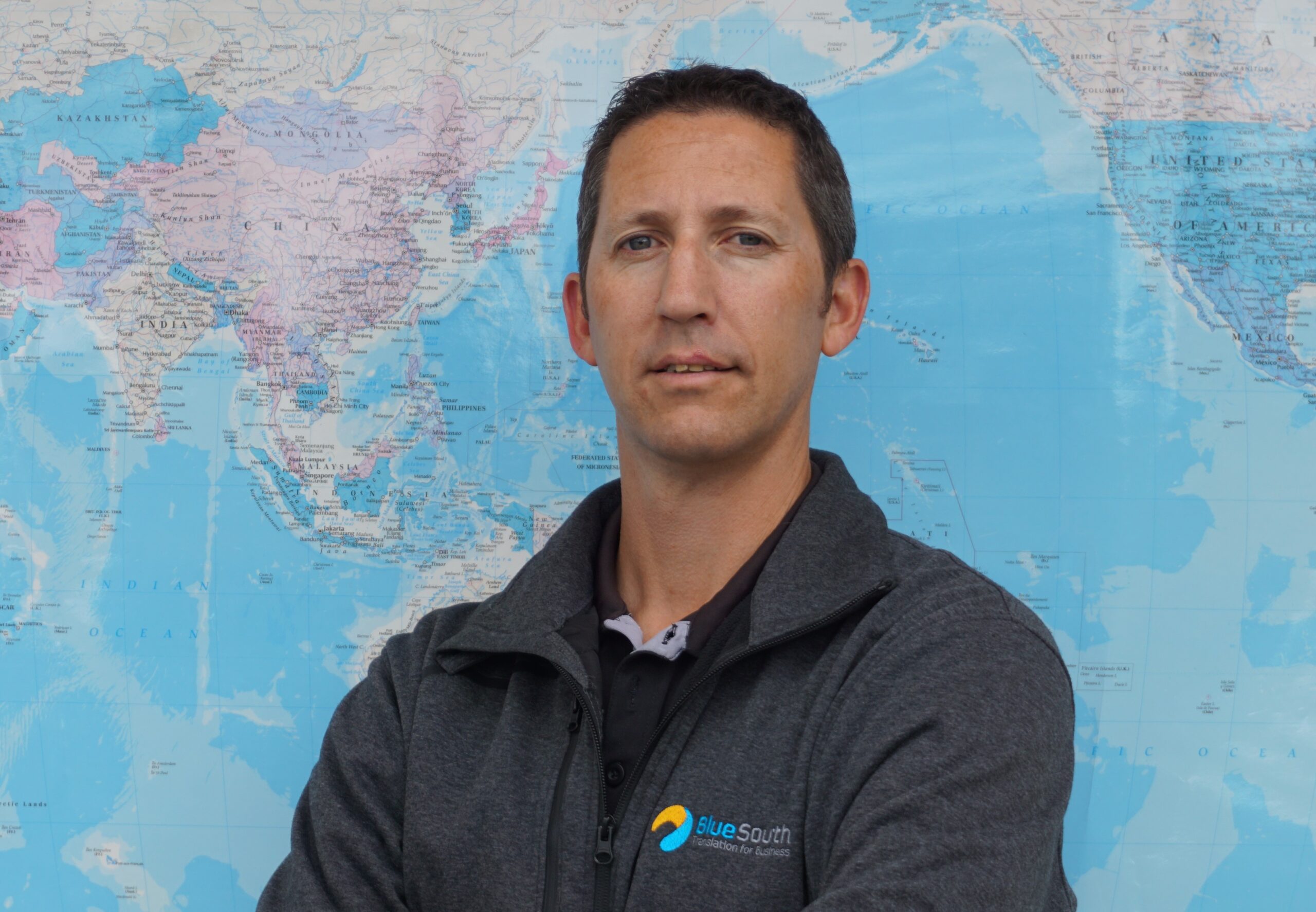Reliable translations can cement or destroy a company’s reputation and in some cases correct translations even become a matter of life and death, according to translation expert Hayden Barrett.
“One of our New Zealand clients produces detonators, and I’d hate to think what could happen if we get their instructions wrong,” says Barrett (pictured), managing director of translation service company Blue South, which currently uses around 400 translators in 50 countries. “The potential damage one mistake could cause is what motivates us to get every translation perfect.”
Good translations are getting increasingly important for New Zealand exporters as they navigate the rapidly changing international markets, explains Barrett, and with the US-China trade and Brexit causing uncertainty for exporters, many New Zealand companies are exploring other markets like Russia and South America.
“We have seen a lot more demand in those languages by New Zealand exporters,” he says. “Many New Zealand companies traditionally first look at the Australian, US and British markets because they feel more comfortable dealing with English-speaking clients, but they are now starting to look elsewhere.”
Barrett explains that most of the translations Blue South handles for exporters are technical manuals for clients like Fisher and Paykel and Trimble Navigation, so it is vital to get every aspect right.
“That is why we use translators who are technical experts in those specific fields,” says Barrett, who adds that languages are constantly evolving and warns exporters to use translators who are located in those countries.
“It is crucial that translators live and breathe the culture and can identify any cultural sensitivities around words, phrases or illustrations in the material that New Zealand exporters may not even be aware of,” says Barrett.
One of the biggest challenges for translators in New Zealand’s growing software export market, is how to physically match pictures in the instruction manual with the user interface that appears on your screen.
“We don’t just translate the words, but work closely with clients to understand the context. We help them with their graphic application of those words to make sure the text fits in the limited space available in the user interface, and that translations are not used out of context” explains Barrett. He says that translations in some languages like German tend to be longer while Chinese takes up less space, “which can become a problem in fixed length datasheets, spec sheets and marketing material.”
Barrett says he understands why some companies go for cheap options or even Google Translate because they consider translations an unnecessary one-off cost.
“I think that is short-sighted and would argue that first-class translations are not only safer but also an investment that businesses will continue to benefit from for years to come.
“And just as importantly, poor translations can do major damage to your brand.”




